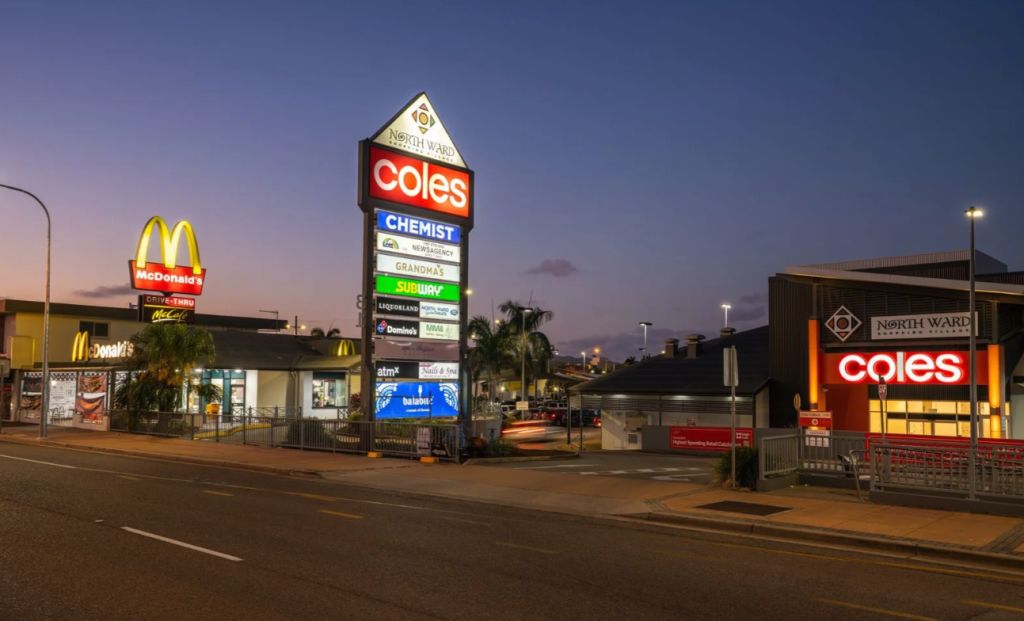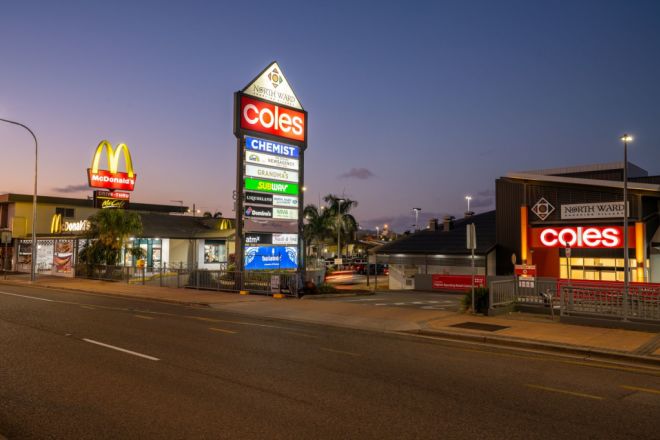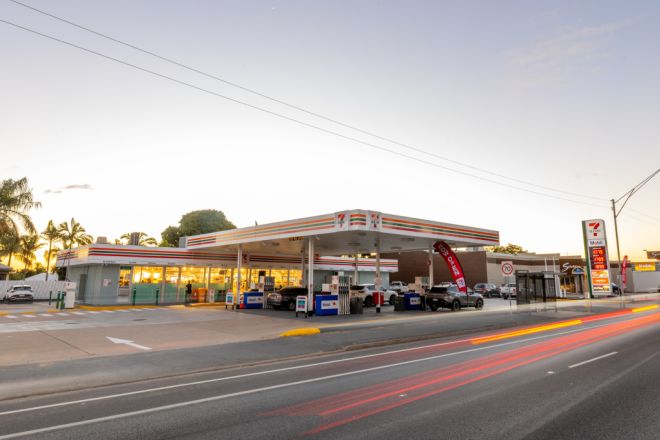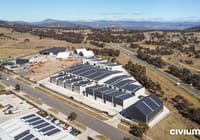
Retail real estate surges back into favour amid rising incomes and increased spending
Snapping up your local bottle shop or selling off a whole shopping centre is getting easier in the wake of falling interest rates, increased consumer spending and strong population growth, according to the September Knight Frank Australian Retail Review.
The report found retail property was the most traded asset class in the first half of this year, with $6 billion transacted, up 17 per cent from $5.1 billion over the same period in 2024. This puts retail well ahead of the industrial ($5.6 billion) and office ($3.7 billion) sectors.
Household disposable income grew by 4.2 per cent over the year to Q2 2025, which was the strongest growth since Q1 2021, while retail sales were up by 5.1 per cent (before accounting for inflation) over the year to July, building on the retail sales rebound that started in late 2024.
Younger consumers were one of the driving forces behind the increase in retail spending, according to Commonwealth Bank spending data for FY2025, but discretionary spending was up in all age groups bar 65-plus in the 13 weeks to June.
“While trading conditions remained tough in 2024-25, there are green shoots in the consumer environment and outlook for retail consumption,” says Alistair Read, Knight Frank senior economist, research and consulting.
“Many retailers pointed to a strong pick-up in sales growth in the first few weeks of the 2025-26 financial year as an indication that improving consumer sentiment and incomes were beginning to translate into retail sales growth.”
While profit margins remained relatively steady across the board, the Kmart Group, Shaver Shop, The Good Guys and BCF were among the major retailers reporting an increase in earnings.
Capital values are also on the rise for the first time since Q1 2023, up 1.6 per cent in the year to Q2 2025, though somewhat limited to large super/major regional assets and small neighbourhood assets as consumers continue to chase convenience.
Although retail yields dipped slightly in Q2, down 4 basis points to 5.71 per cent, Knight Frank reports they’ve held up better than the office and industrial markets through the recent market reset.
Over the past two years, retail yields have only increased by 28 basis points, while office and industrial yields have jumped by 97 and 86 basis points, respectively. This relative stability has made retail a more resilient part of the market, especially as conditions start to turn more positive.
Knight Frank partner and head of retail investments Campbell Aitken says investor confidence in the long-term growth potential of the retail sector has improved as market fundamentals strengthen.
“The outlook for income growth is also arguably the best among the major real estate sectors,” he says.
Growing competition among supermarkets and discount department stores has handed landlords more negotiating power as leases come up for renewal. Many retail landlords are now pushing major tenants to agree to new lease terms that give them greater flexibility and more control or improved returns, though not all landlords have the same level of bargaining strength.
Retail categories that are still experiencing operating difficulties include food courts, apparel, luxury stores, cafes, homewares and cinemas. These categories are requesting rent reviews and lower market rents following lacklustre sales.
Doors have closed at some large department stores, while others – like David Jones at Sydney’s Westfield Bondi Junction – have reduced their footprint. Knight Frank reports this has allowed landlords to reconfigure floor plates to boost asset performance and realise untapped value. At Westfield Bondi Junction, the relinquished floor space was repurposed for a gym and a relocated mini-major tenant, delivering an uplift in rent.
Private investors and institutions were the most active buyers of retail property in the first half of this year, making up more than 60 per cent of deals. Local retail specialists remained especially active, taking advantage of the low point in asset values by picking up quality properties with strong long-term potential.
Meanwhile, public and overseas investors were still mostly selling, with real estate investment trusts (REITs) continuing to offload selected assets. But, as market conditions improve and REIT share prices bounce back, Knight Frank expects to see these groups step back in as buyers.
Looking ahead, the return of REITs, stronger leasing activity, rising consumer demand, and more money flowing into the market should all help drive up competition and investment in retail property.













